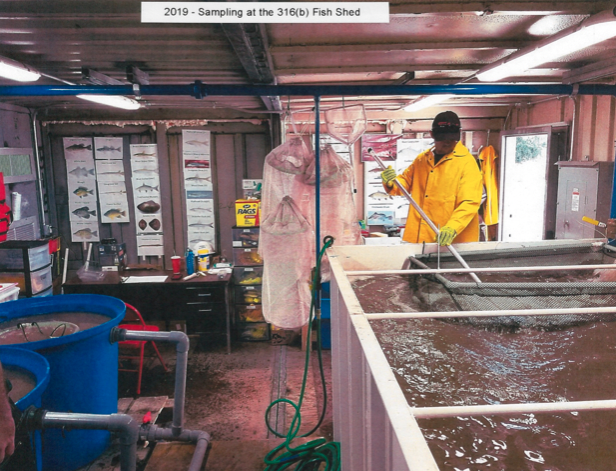Kansas Conservation Series: Fish Survivability Study at the Kansas City Board of Public Utilities
(Washington, D.C.) – U.S. Senator Roger Marshall, M.D. is continuing his conservation series highlighting Kansans’ voluntary efforts to take better care of the environment. Stories will be released throughout the 2023 Farm Bill legislative process.
“While we hold hearings for the 2023 Farm Bill, I want to highlight how hard Kansans work every day to protect our environment and conserve precious resources that our Ag economy needs to thrive. Kansas farmers, ranchers, growers, and producers are finding unique and practical ways to preserve our land and protect our water and air. Their efforts are worthy of everyone’s praise,” said Senator Marshall.
In the fall of 2019, the Kansas City Board of Public Utilities’ (KCBPU) Nearman Creek Power Station completed installation of 4 new modified traveling screens and a fish return system at the cooling water intake, in order to meet compliance with Section 316(b) of the Clean Water Act. The 316(b) rule impacts approximately 544 U.S. electric power plants that withdraw at least 2 million gallons of water per day and use 25% of that water for cooling purposes.
During the optimization study sampling events, the KCBPU Environmental Department would divert flow from the fish return trough leading to the Missouri River to a sampling trailer that housed a large collection tank and a series of four holding tanks that were used to collect aquatic life from the modified traveling screens. Sampling events occurred four times monthly for 2-years, leading to over 90 sampling events and data collection. All species were assessed for initial condition including external injuries and scale loss and whether they were swimming normally, live but stunned, or dead on arrival.
The 2-year Optimization Study was successful in assessing that the newly installed modified traveling screens and the fish return system are the best technology available. Although BPU environmental is still in the process of analyzing all of the data, the overall fish survivability rate is above 90%.
According to EPA Region 7, KCBPU’s study was the first in the U.S. to be completed and will set a precedent for other utilities and agencies, including the Environmental Protection Agency, Department of Fish and Wildlife, Kansas Department of Wildlife and Parks, and Kansas Department of Health and Environment.

